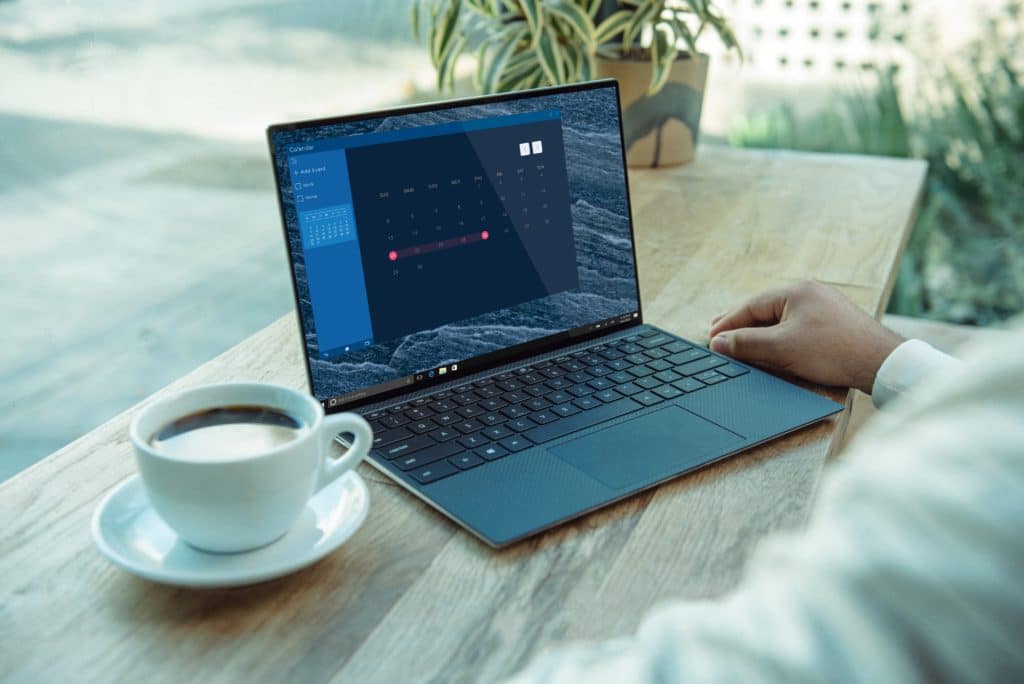What Are the Differences Between MDR, EDR and XDR for Cybersecurity?
You may have been hearing about XDR in recent months---this is a rising technology that improves upon MDR and EDR, which themselves are great advancements from older solutions. Gartner predicts that the majority of enterprises will have replaced legacy security software with one of these advanced solutions by 2023. So what do all these offerings do, how are they related to each other, and which one might be best for your organization? Here's a look at the functions and differences between MDR, EDR and XDR.
Managed Detection and Response (MDR)

With cyber threats evolving rapidly and a relative shortage of cybersecurity experts at many organizations, Managed Detection and Response (MDR) helps companies stay on top of their monitoring by providing this expertise through an external Managed Security Service Provider (MSSP). The company specifies particular security goals and priorities, and the MSSP manages its cybersecurity round the clock based on these specifications. This way, the company's own team members aren't overwhelmed with a multitude of security tools. These tools can include Security Information and Event Management (SIEM), Network Traffic Analysis (NTA), User and Entity Behavior Analytics (UEBA), endpoint detection, and cloud security---among others. Since all of this is handled externally by the MSSP, security administrators at the organization itself don't need extensive skills or experience handing all of them. Even if the security team is experienced, this option reduces their alert fatigue. The MSSP can take full responsibility for security management and act on the company's behalf, or it can communicate with the security team about issues it discovers, providing guidance on how to remediate.
Endpoint Detection and Response (EDR)

Endpoints are a common vulnerability, with over two-thirds of breaches originating in these user devices. Endpoint Detection and Response (EDR) allows for strong monitoring of these endpoints without the help of an external managed service. The organization's own security team gains higher visibility and monitoring of endpoints through this technology. EDR offers stronger protection than older security solutions. For example, traditional antivirus software detected malware through an attacker's signature. But advanced persistent threats now use malware-free actions (or unidentifiably malware) which would go undetected with that older software. EDR's monitoring is able to find these threats. It can record and save queries, behaviors and events, and it helps pinpoint the underlying vulnerabilities and causes.
Some EDR uses advanced behavioral analysis and machine learning, which may go beyond the knowledge of the in-house security team. In this case, EDR can be combined with MDR, with the advanced endpoint detection managed by the MSSP.
Extended Detection and Response (XDR)

XDR is the ultimate security coverage, going beyond endpoint detection to comprehensive monitoring of a broad range of areas. (It's not completely agreed upon what the acronym stands for. A common understanding is that the X is for eXtended, especially since another EDR would be too confusing. Others argue that X stands for cross-layered, or for "anywhere": you name it, XDR has it covered.) Wherever a threat or attack may arise, XDR is there: across networks, cloud workloads, and more. It combines the multiple tools of EDR and MDR into a central, integrated view. It often uses machine learning and artificial intelligence to do this effectively.
MDR, EDR or XDR: Which is Best for You?
The right detection response choice for each organization will depend on several factors, like the security team's size and skill level, company budget, and degrees of risk. If endpoints are the primary concern, EDR may be enough. If you want to skip the headache and have an MSSP take care of your detection response for you, MDR could be the best option. (In that case, we have an excellent recommendation for your MSSP---you can contact them here.) Or, to manage your own detection and response through the most advanced and centralized technology, go with XDR. See our post on XDR pioneers and providers to learn a bit about some of the offerings out there, or take a closer look at Microsoft Defender XDR.
Stay connected. Join the Infused Innovations email list!
Share this
You May Also Like
These Related Posts

XDR Pioneers and Leaders

Microsoft 365 XDR

No Comments Yet
Let us know what you think